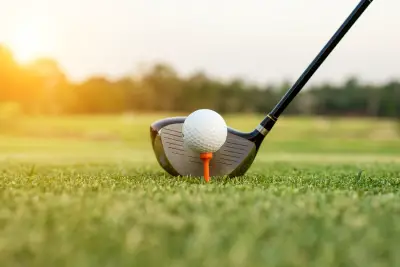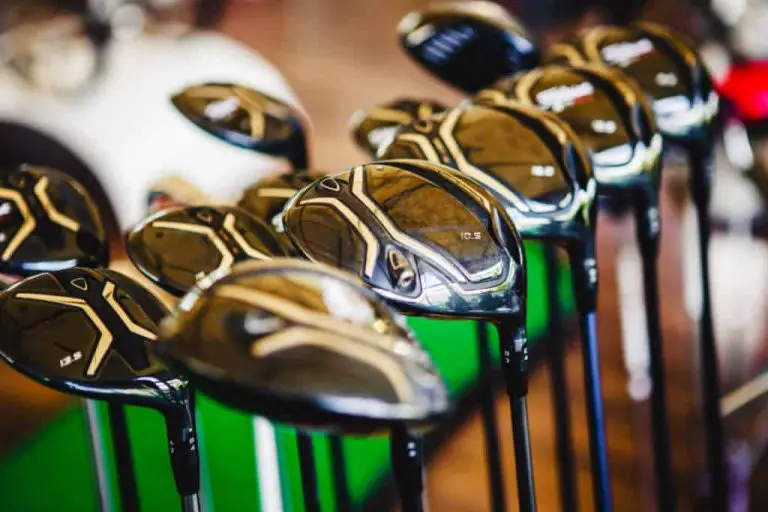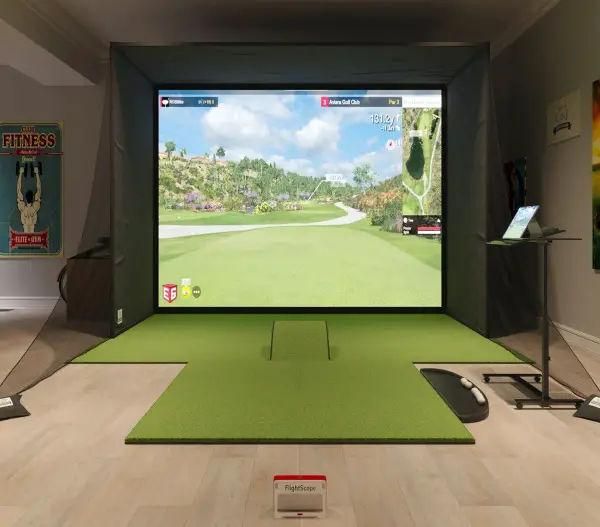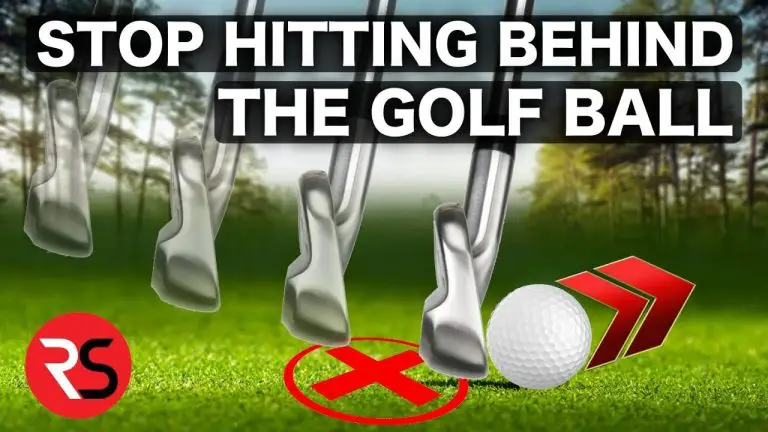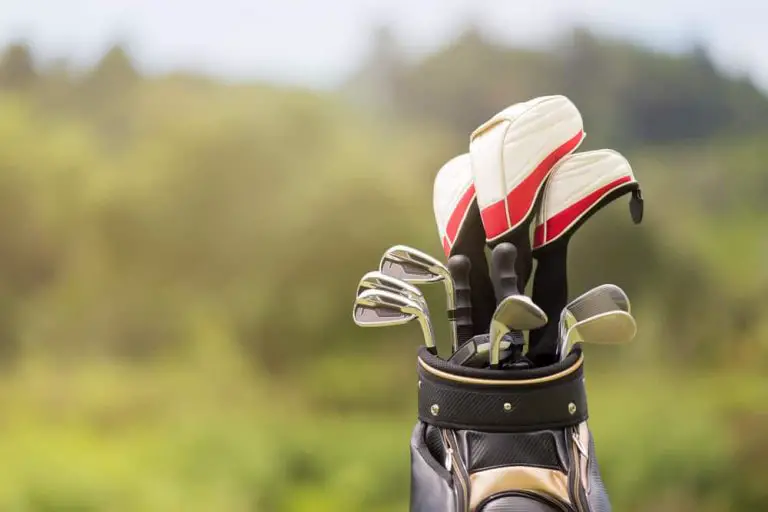Can A Golf Driver Lose Its Pop

Golfers understand the importance of having the right equipment to achieve success on the course. The golf driver, in particular, is a critical piece of equipment for any golfer. A driver with “pop” can help you hit the ball farther and with greater accuracy. However, over time, you may start to notice that your golf driver is not performing as well as it used to. One of the most common concerns among golfers is whether a golf driver can lose its pop.
A golf driver is designed to transfer the maximum amount of energy from the clubhead to the ball upon impact. It’s the club that’s responsible for the longest shots on the course. But just like any other equipment, it can lose its “pop” over time. When a driver loses its pop, the ball doesn’t travel as far or as straight, and the club doesn’t feel the same as it used to.
In this article, we’ll explore the factors that can cause a golf driver to lose its pop, how to identify the signs of a loss of pop, and what you can do to prevent it from happening. We’ll also provide tips on how to restore your driver’s pop and get your game back on track. So, let’s dive in and explore the topic of whether a golf driver can lose its pop.
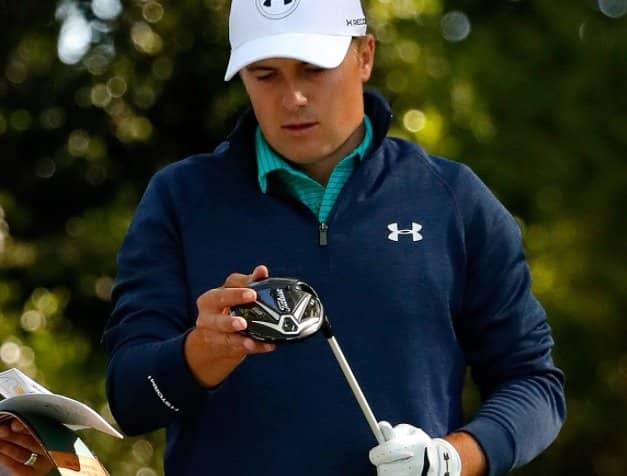
What Causes a Golf Driver to Lose Its Pop?
There are several factors that can contribute to a loss of pop in a golf driver. These include normal wear and tear, damage to the clubhead or face, changes in temperature and humidity, incorrect storage or transportation, and aging of the club components.
One of the most common causes of a loss of pop in a golf driver is normal wear and tear. As you use your driver, the clubface can become worn down, and this can result in a decrease in the amount of “pop” that the club produces. Additionally, hitting rocks or other hard surfaces can cause damage to the clubhead or face, which can also impact the club’s performance.
Changes in temperature and humidity can also have an effect on a golf driver’s pop. Extreme temperatures or high levels of humidity can cause the materials in the club to expand or contract, which can lead to a decrease in performance.
Signs of a Golf Driver Losing Its Pop
If you suspect that your golf driver has lost its pop, there are several signs to look out for. These include a decrease in distance, inconsistency in ball flight, lack of feedback and feel, and unusual sounds or vibrations.
One of the most obvious signs that your driver has lost its pop is a decrease in distance. If you notice that your shots are not traveling as far as they used to, it could be an indication that your driver has lost some of its pop. Additionally, if you’re experiencing inconsistency in ball flight or lack of feedback and feel, it could be a sign that your driver is not performing as well as it should be.
Unusual sounds or vibrations can also be a sign that your driver has lost its pop. If you notice any strange noises or vibrations when you hit the ball, it could be an indication that there is something wrong with your club.
How to Prevent a Golf Driver from Losing Its Pop
Preventing a loss of pop in your golf driver is key to ensuring that your game stays on track. There are several steps you can take to keep your driver in top condition.
Proper storage and transportation are essential to preventing a loss of pop in your driver. Make sure that you store your driver in a cool, dry place and avoid leaving it in your car for extended periods of time. Additionally, be careful when transporting your driver to and from the course, and avoid hitting it against other clubs or hard surfaces.
Regular cleaning and maintenance can also help to prevent a loss of pop in your driver. Be sure to clean the clubhead and face after each use and inspect it for any signs of damage or wear. Additionally, make sure that you’re using the right ball for your driver, as using the wrong ball can cause damage to the clubface.
How to Restore a Golf Driver’s Pop
If you’ve noticed a decrease in your driver’s pop, there are several things you can do to restore its performance. Replacing the clubhead or face is one option, as is regrooving the clubface or re-shafting the club. Upgrading to a newer model of driver is also an option if you’re looking for a long-term solution to a loss of pop.
Replacing the clubhead or face is a more expensive option, but it can help to restore your driver’s pop. If the clubhead or face is damaged or worn down, replacing it with a new one can make a big difference in the club’s performance.
Regrooving the clubface is another option for restoring a golf driver’s pop. Over time, the grooves in the clubface can become worn down, which can lead to a decrease in performance. Regrooving the clubface can help to restore the grooves to their original depth and improve the club’s spin and ball flight.
Re-shafting the club is another option for restoring a golf driver’s pop. If the shaft of the club has become worn down or damaged, re-shafting it can help to restore the club’s performance.
Finally, upgrading to a newer model of driver is an option if you’re looking for a long-term solution to a loss of pop. Newer drivers are designed with the latest technology and materials, which can help to improve your distance and accuracy off the tee.
Conclusion
In conclusion, a loss of pop in a golf driver can have a significant impact on your game. Normal wear and tear, damage to the clubhead or face, changes in temperature and humidity, incorrect storage or transportation, and aging of the club components can all contribute to a loss of pop. However, by taking steps to prevent a loss of pop and by restoring your driver’s pop when necessary, you can keep your game on track and achieve greater success on the course.

